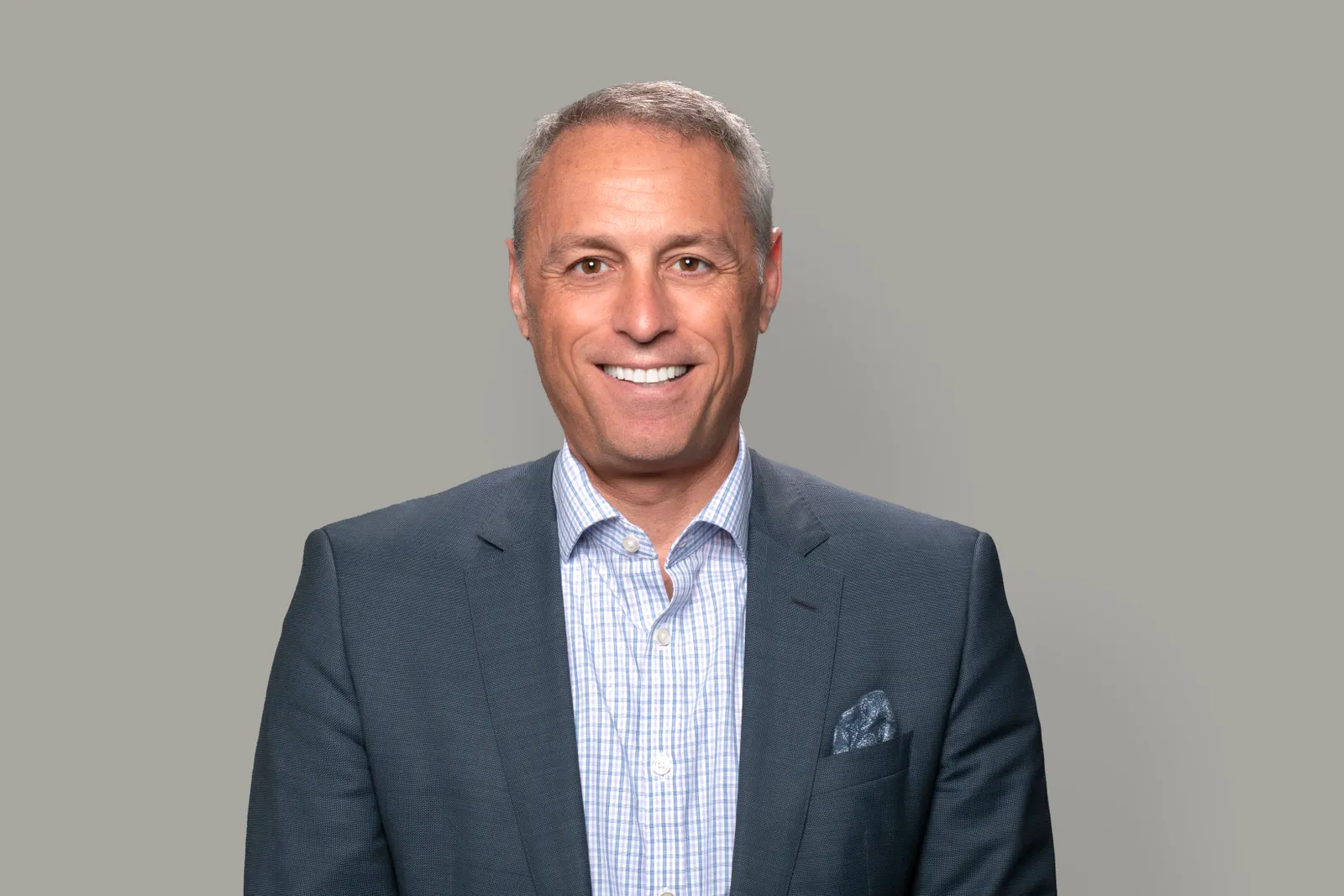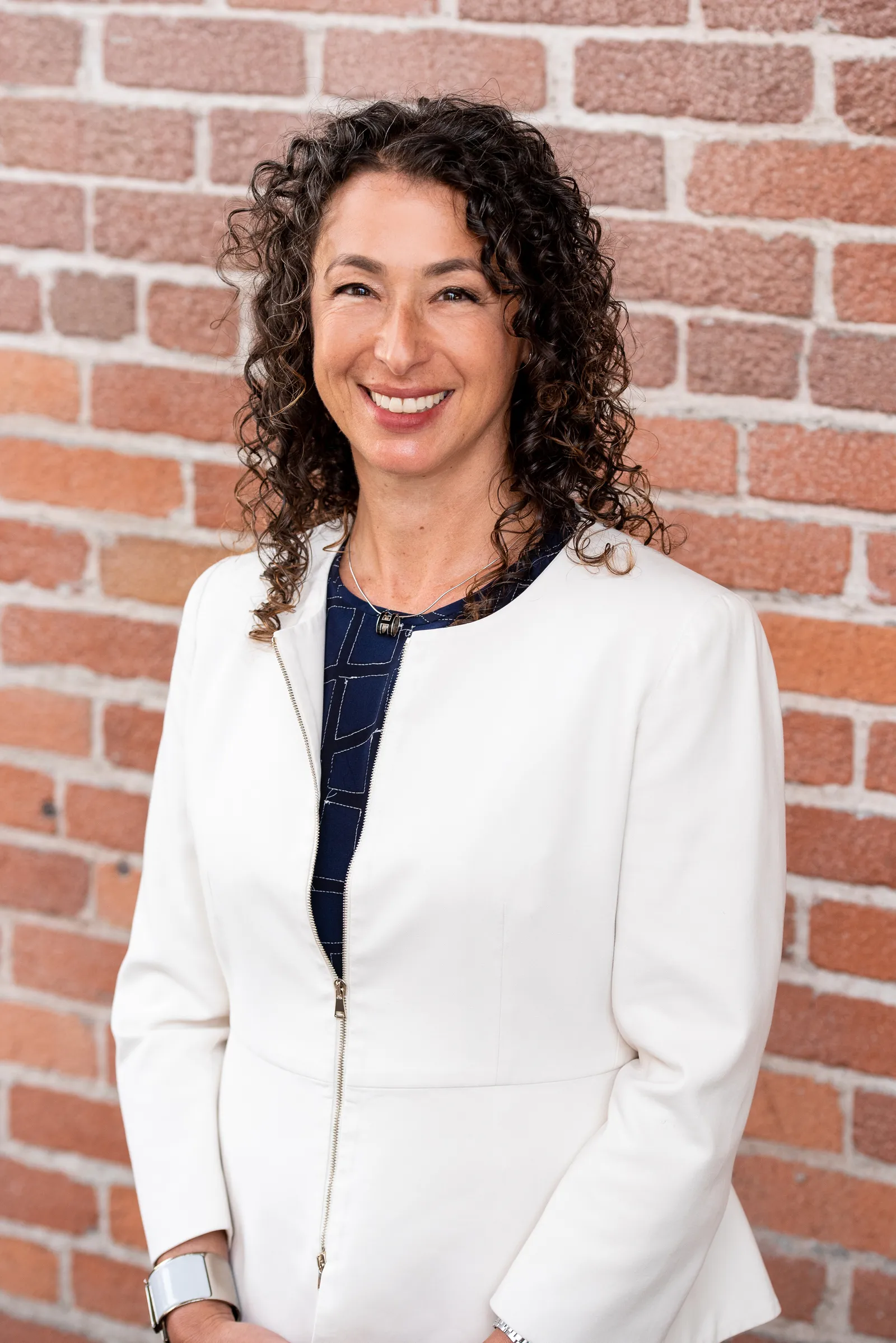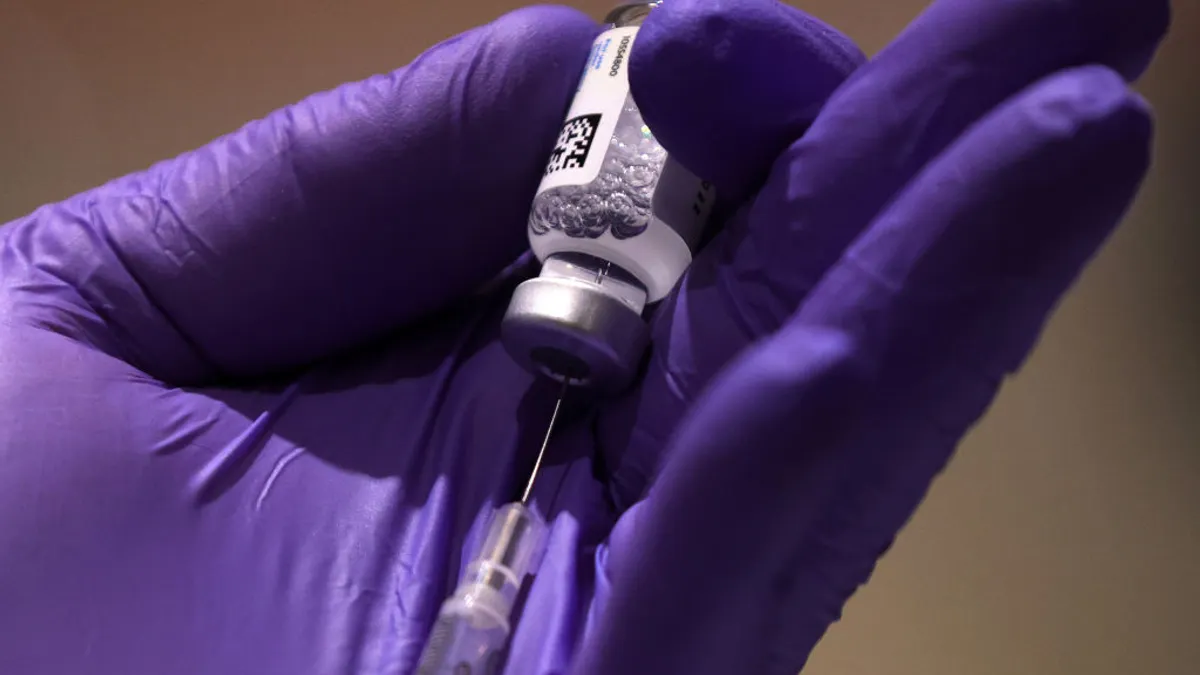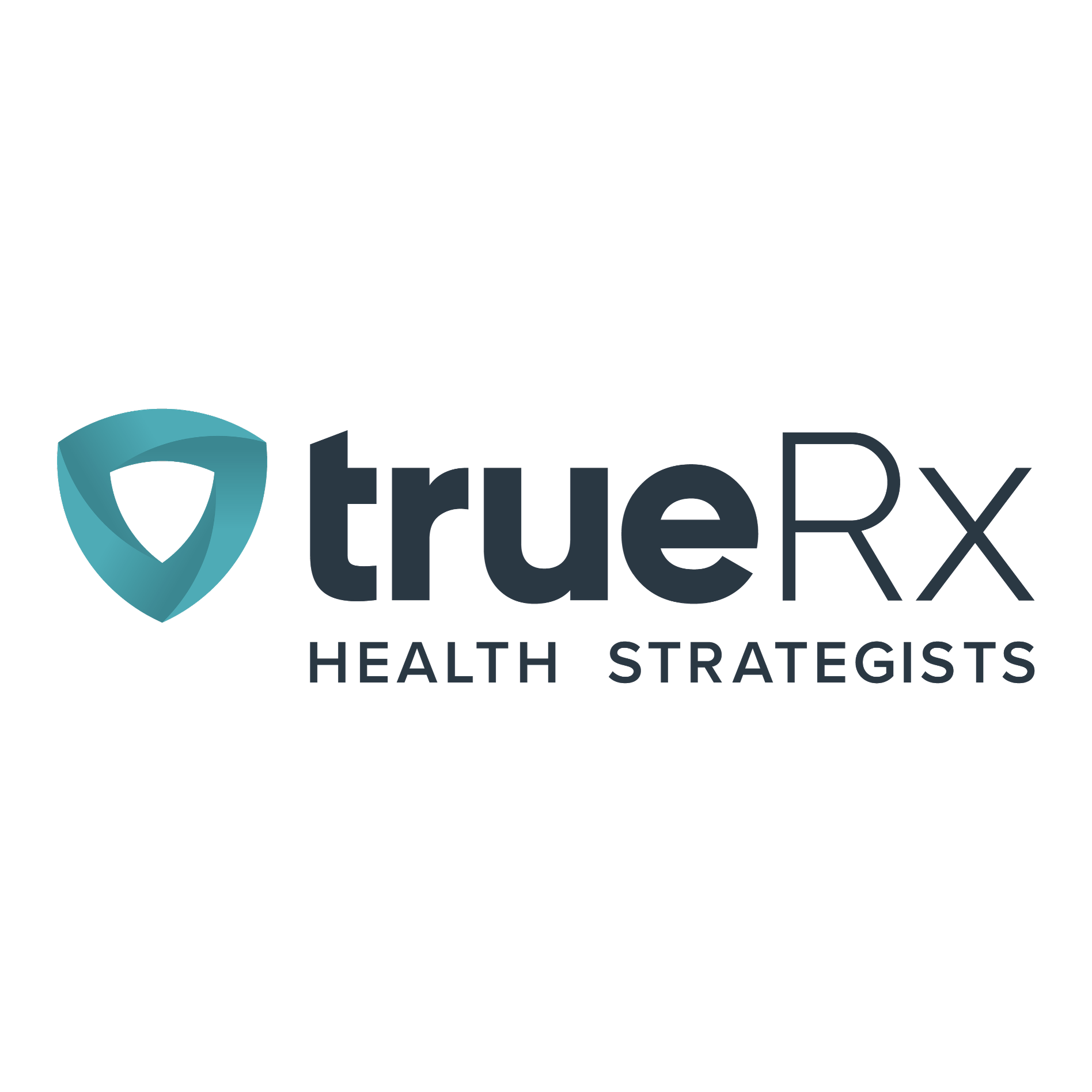In an industry frequently aiming for breakthroughs, only so many winners will emerge from the many shots on goal.
And as the market embarks on a “fragile recovery,” investors are looking for less risky drug candidates and companies that have the strongest data.
“We are in a high-cost environment and that drives risk aversion, so clinical data is still king,” said Andy Seid, a partner at Bioluminescence Ventures.
But careful spending isn’t only for startups. With major patent cliffs looming and price negotiations in the IRA getting underway, Big Pharma is also looking to slash costs. Layoffs and restructuring are the usual go-to strategies, but pipelines are also frequent targets for cuts.
In April, Bristol Myers Squibb announced its plans to nix experimental medicines from its pipeline as part of a $1.5 billion cost-cutting effort. Roche also cut a fifth of its pipeline in the last year to tighten operational expenses.
As companies face financial pressures, making strategic pipeline decisions is key to laying the groundwork for growth. But how can company leaders know when they’ve got a pipeline winner on their hands?
PharmaVoice asked leaders at BIO’s annual international conference this week about the criteria they use to make these tough choices. Whether they’re evaluating a potential new drug or weighing an investment into a partnership, here’s how leaders said they make the call.
Don’t overlook highly treated target
Dr. Gavin Samuels is chief business officer of CinRX, a hub-and-spoke style biotech that owns several “CinCos” including CinCor Pharma, which was recently acquired by AstraZeneca in a hypertension-focused deal worth up to $1.8 billion.

“Because we span therapeutic areas, we have a certain set of criteria in the evaluation. It has to do with IP, the robustness of the data and indications of differentiation. That’s not unique. But we try to do something a little different, which is find that not obvious candidate for a not obvious and broad audience.
CinCor is a good example of that. The conventional wisdom was hypertension was not interesting for biotechs because there were already generic drugs on the market. But a high percentage of cardio patients were not reaching treatment goals, so the problem was not solved. And when we looked at [CinCor’s] drug, an aldosterone synthase inhibitor that came from Roche, we said this might be the missing piece that could bring a high percentage of patients towards the goals of treatment. Everyone else was walking away from hypertension, but we engaged, and through an IPO, the acquisition by AstraZeneca, and the data being generated in phase 2, there was agreement that was the case.”
Go high-tech in early discovery
Anthony Mancini is executive vice president and chief operating officer at Genmab, an antibody specialist that recently moved into the ADC space when it picked up ProfoundBio in April for $1.8 billion.

“The reason we have a lot of confidence in our candidate selection process is that we run thousands of permutations of the candidates … with robotic technology. We’re now integrating AI to enhance what we’re doing further, and we’ve automated it to make it faster.
From a discovery perspective that’s not how it’s usually done. Often it’s smart postdocs doing configurations by hand. But the reason we have such high productivity is this core science. It’s given us a hit rate from IND to approval of 25%, which is usually under 10%. We think that’s some of our secret sauce.”
Aim for high-impact drugs and partnerships that work for both sides
Stacy Feld is regional head of West North America at Johnson and Johnson Innovation. In her role, Feld works with the external life sciences ecosystem to find and then funnel what she called “transformational assets” into J&J’s pipeline through partnerships and co-investments.

“Ultimately, data wins the day. We are evaluating the transformational nature of the science and tech, and we’re focused on first- or best-in-class assets and platforms. So that transformational piece is one of the elements we use to evaluate deals.
We also look at whether the team is credible. How do we structure around that? If we’re talking about a platform and the company doesn’t necessarily have data in a particular area, we’ll propose an experiment to validate it.
We’re also committed to our credo: is the relationship fair? In other words, are we each getting value out of the relationship? It doesn’t necessarily need to be equal, depending on the risk for each party. But we want our companies and assets to be successful so we can bring them in to accelerate them to market and to patients around the globe.”
Trust senior staff
Bill Newel is CEO of Sutro Biopharma, a clinical-stage ADC specialist with a lead candidate in mid-stage trials for ovarian cancer.

“You have to make certain there is an unmet need in a particular patient population. You have to consider other molecules in development or potentially in development because you don’t always know. Through your preclinical work, you determine if you are materially better than existing therapies, look at tolerability risks and see if there are side effects you can manage. To the extent possible, we like to compare our preclinical data to other companies’ preclinical data working on the same types of targets and that goes into our assessment of the viability, and whether it will be best or first in class.
[But] I have a very experienced CSO [Hans-Peter Gerber]. He knows a winner when he sees it. He has 25 years of experience in ADCs at Seagen and other companies. While the ADC field has evolved through trial and error, he’s seen his share of trial and error and has accumulated the wisdom to see the data and interpret it.”
Leverage candidates with a regulatory edge
Dave Mazzo is CEO of Lisata Therapeutics, a clinical-stage company focused on developing treatments for advanced solid tumors in certain types of pancreatic cancer, glioblastoma and more.

“There is a fairly straight-forward analysis first. We look for indications or tumors where there’s stroma present and where the current prognosis is dire. Some would say those are the hardest cancers and where all drugs fail. But there’s a scientific basis to go after these targets, and also a regulatory and commercial strategy, especially for the early days of clinical work.
We are going after indications that could get orphan or pediatric designations because that could give us opportunities for faster regulatory reviews. We are also then eligible for grant money from foundations in those areas. It’s also easier to do a trial in a high unmet need designation where patients are anxious for something new than in breast cancer, for example, where they could have lots of choices and many are good. In pancreatic cancer, therapies have been out there for decades but there hasn’t been even a modest improvement in outcomes. Think about that from a patient standpoint.
The goal is then to eventually spread clinical work to larger non-orphan indications.”
Focus on the mission
Andy Seid is partner at Bioluminescence Ventures, a venture capital firm that debuted last year and is geared towards speeding drug development and backing “mission-driven” and platform-based companies.

“The first question I ask to decide if we’re striking the right partnership deal is contingent on knowing the company’s base case. It starts by solidifying your core strategy. What is the asset you’re developing and why does that matter? Companies should start with a problem and then build a solution. Their strategy should tie back to that mission.
As a VC investor, I’m trying to answer: What’s going to address the unmet needs of the patient and drive independent value creation for the company? There has to be a clear strategy in place that is well codified and that allows the CEO to not be distracted. And the company should focus on [itself] first. If pharma comes later, great, but don’t work for a pharma partnership at the onset. Let them come to you.”
Stick to fundamentals

Robert Jacks is CEO and president of Sparrow Pharmaceuticals, a clinical-stage biotech with a lead candidate aimed at treating endocrine disorders caused by an excess of cortisol.
“I used to work in business development for Pfizer and they would ask: Do you own it? Can you make it? Will someone pay for it? In other words, do you have IP? Can it be easily manufactured? And will doctors prescribe it?
Now, being at a company that wants to work with Big Pharma down the road, it’s good to know how they think.”




















